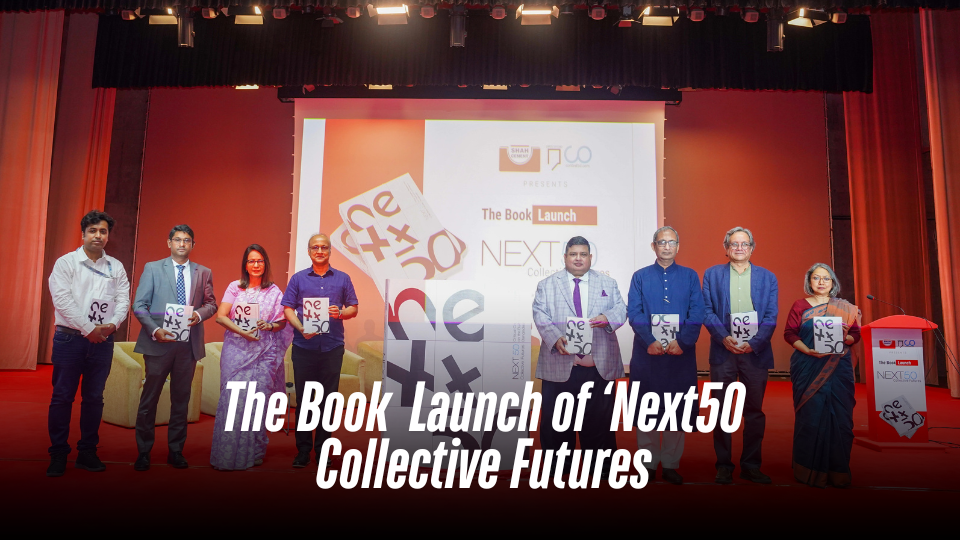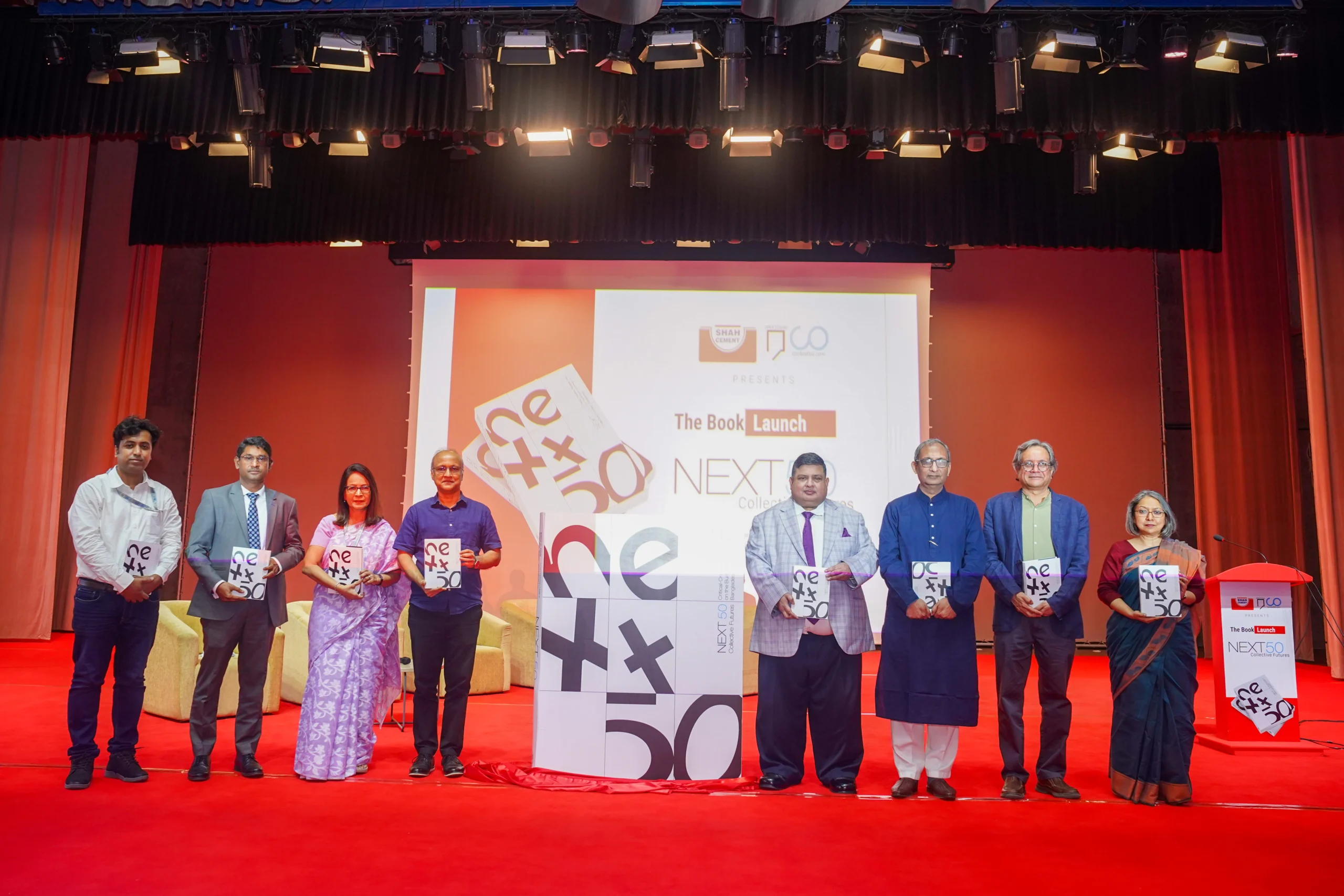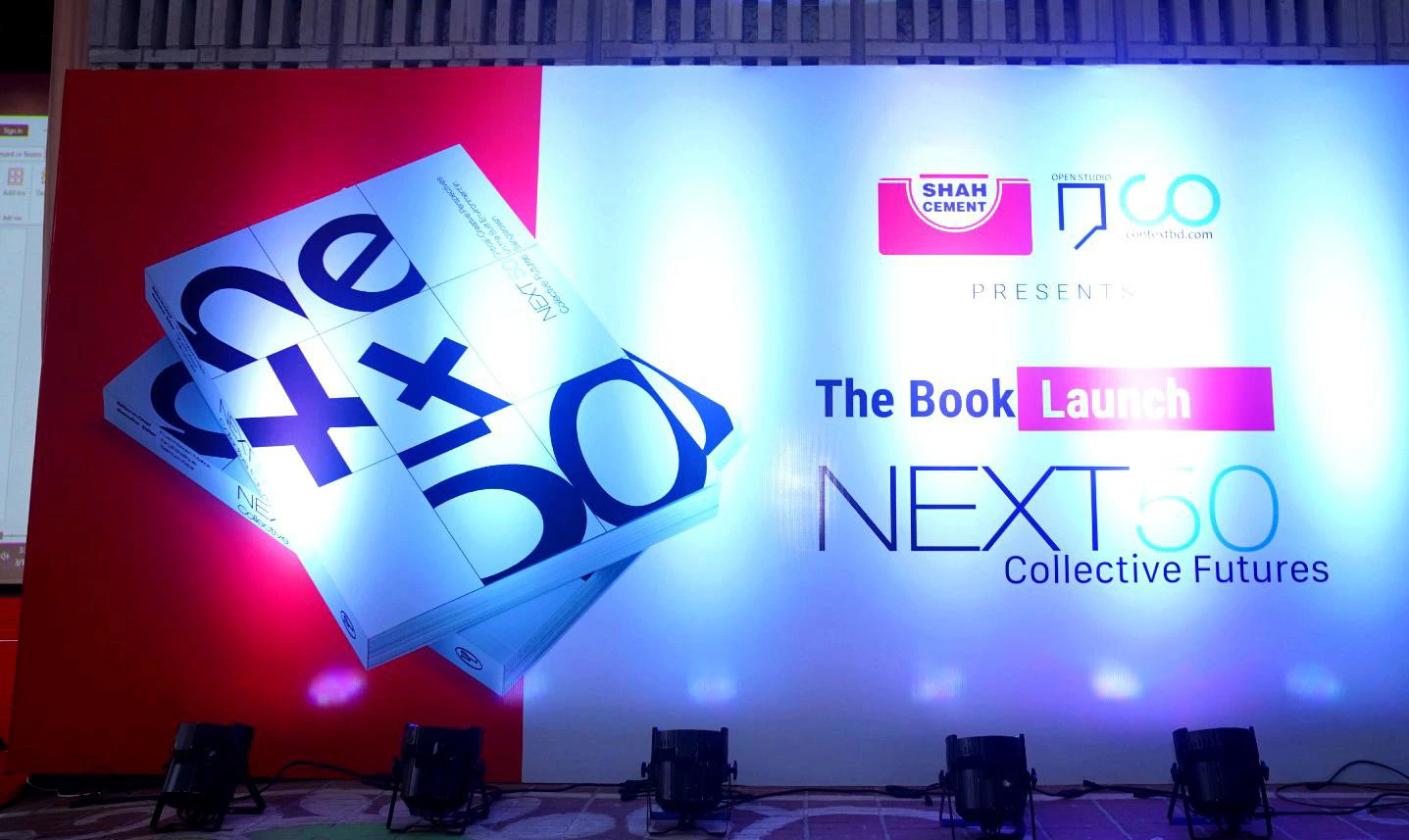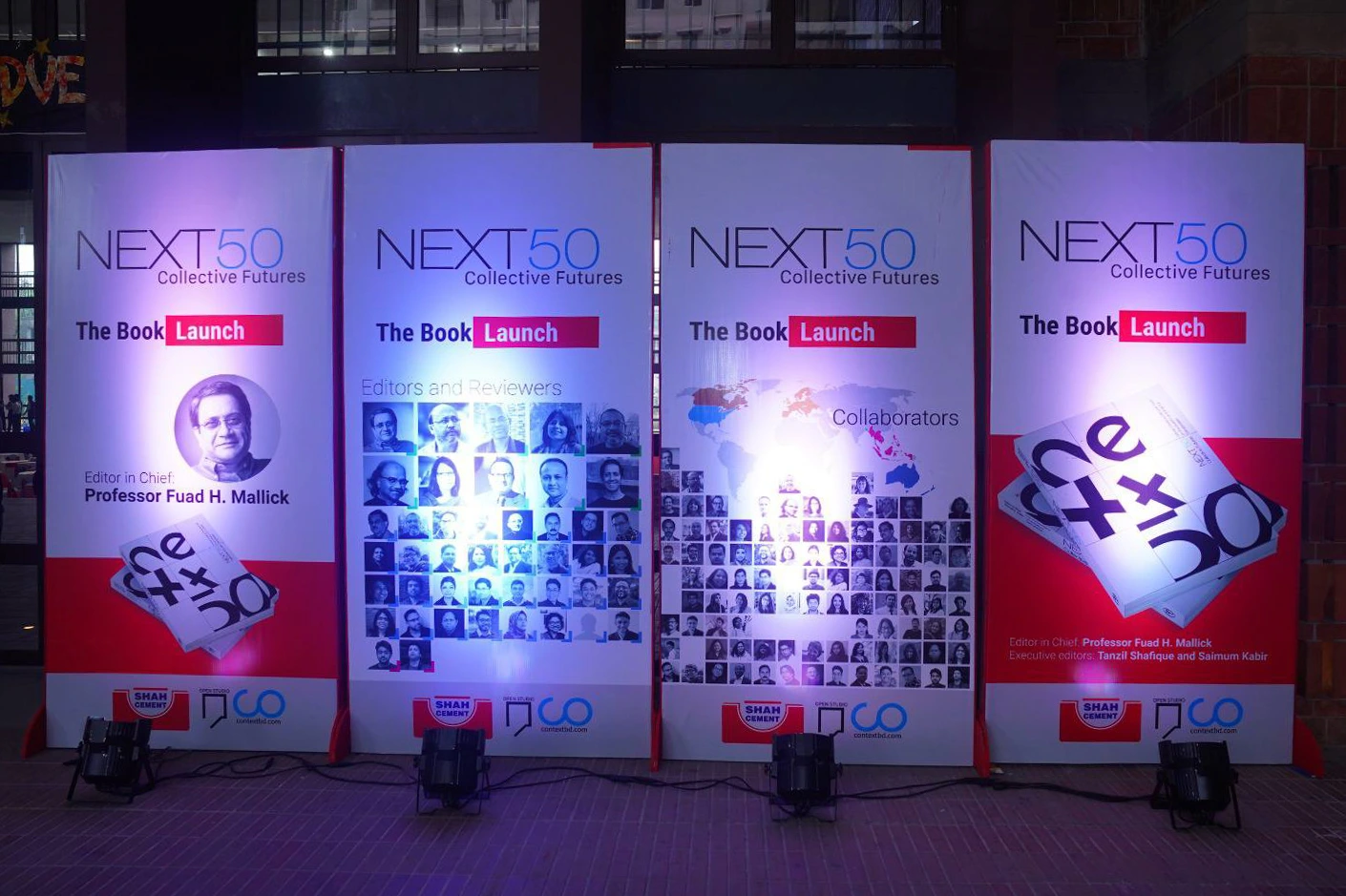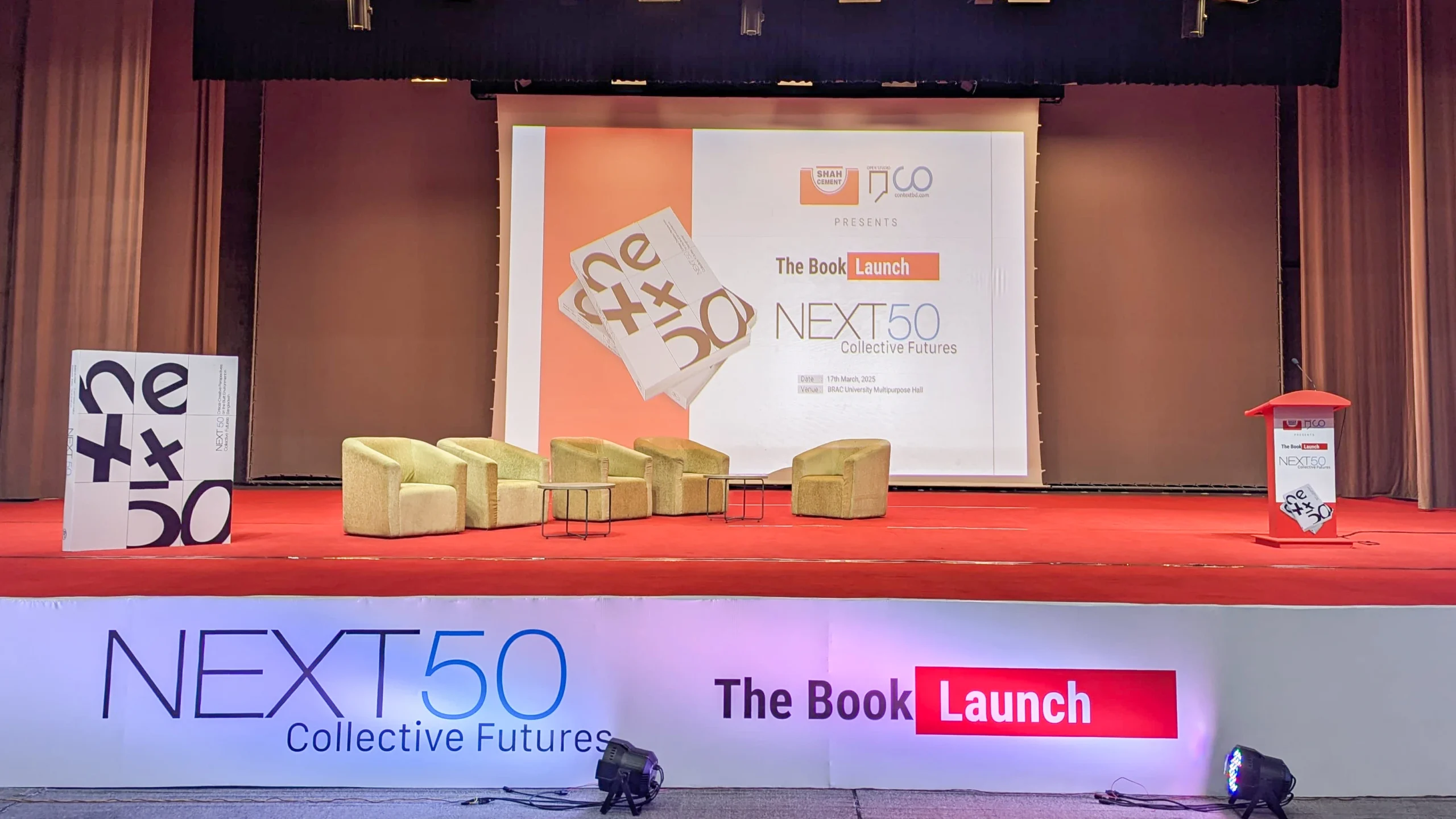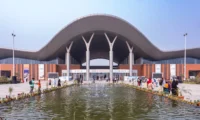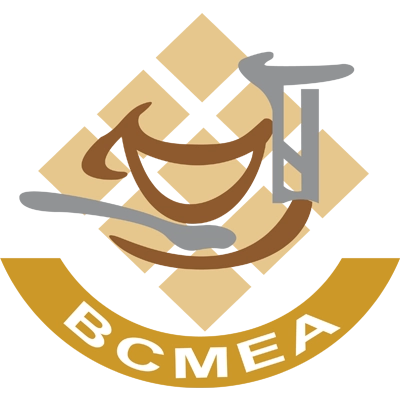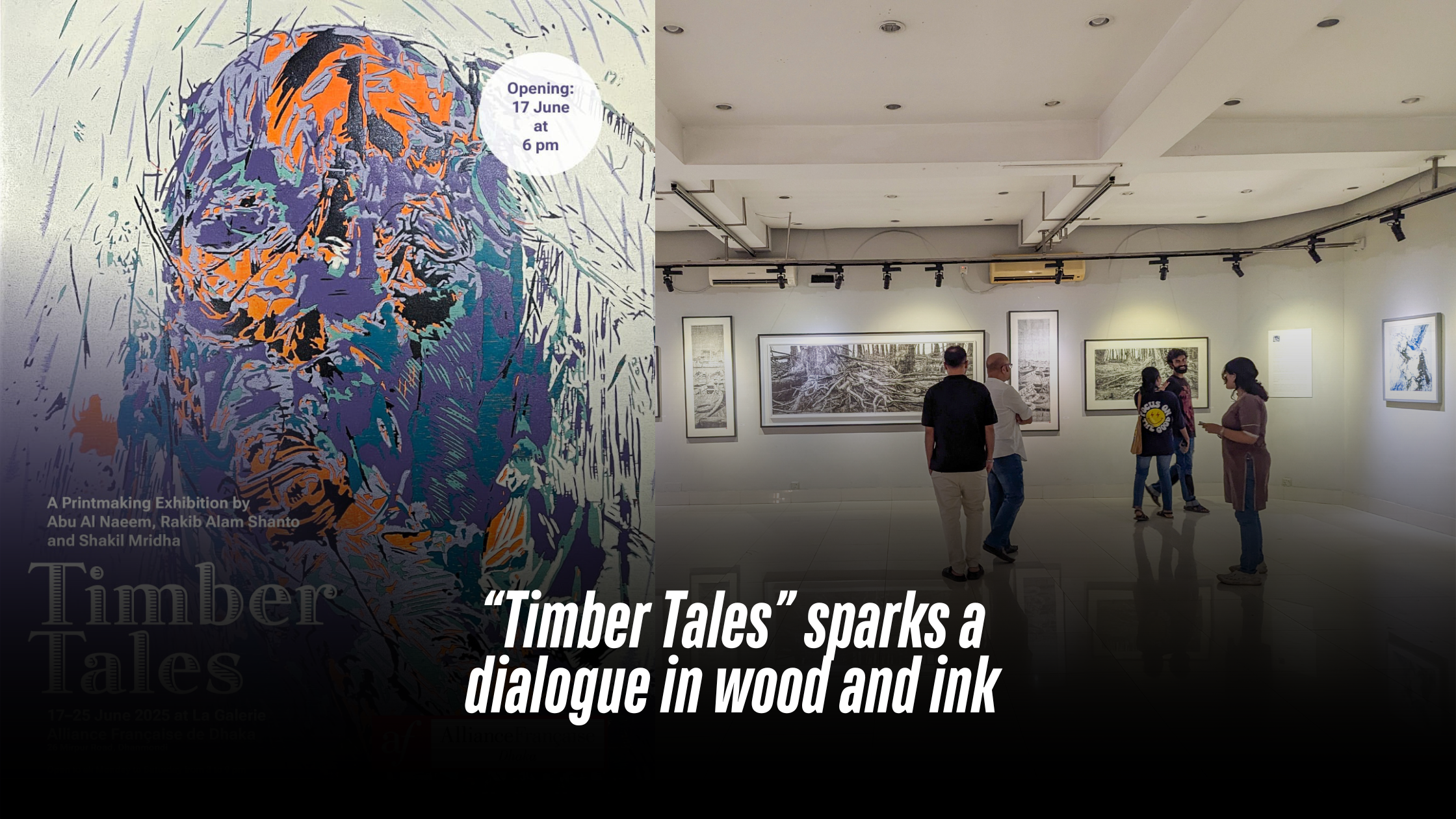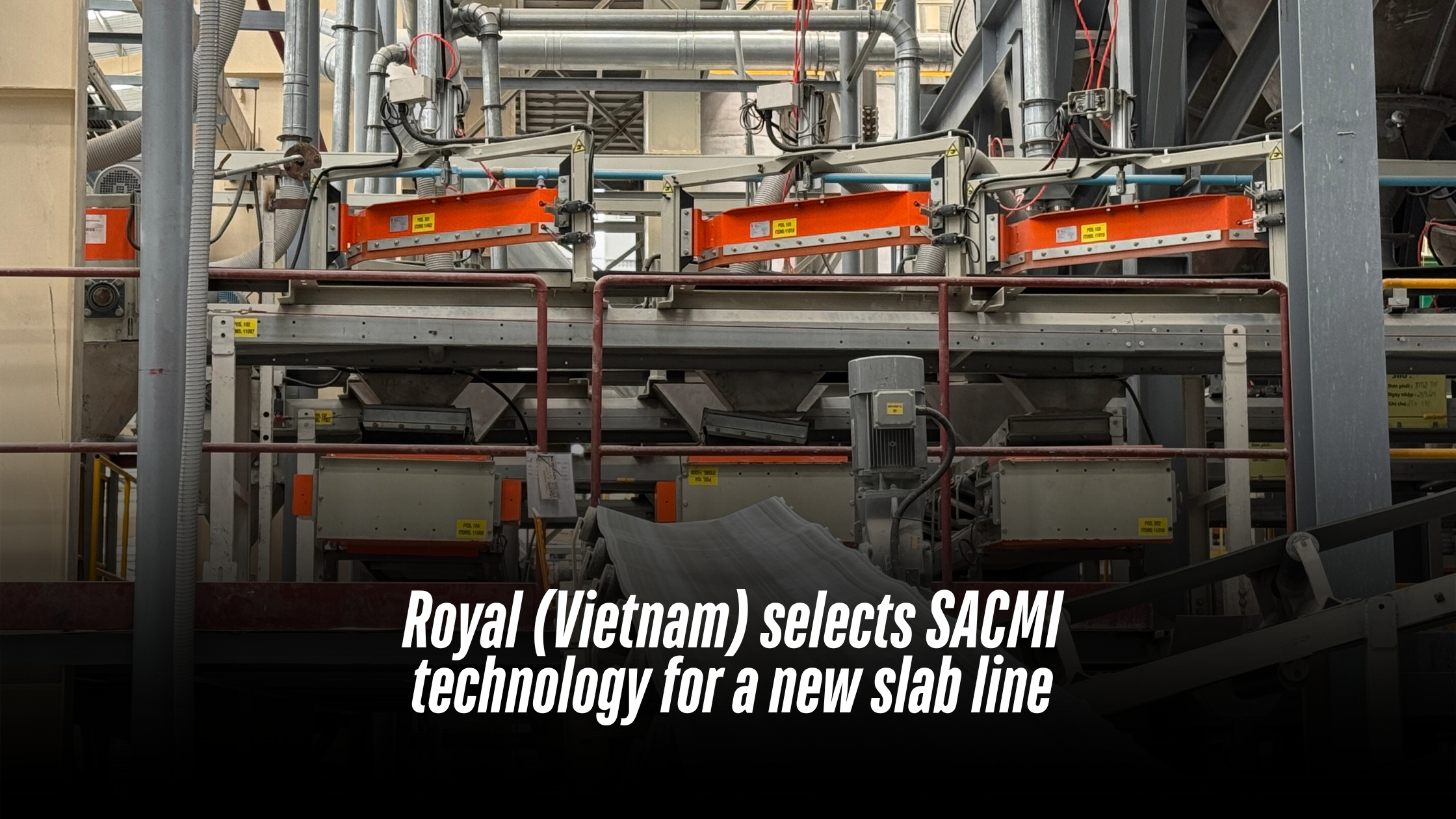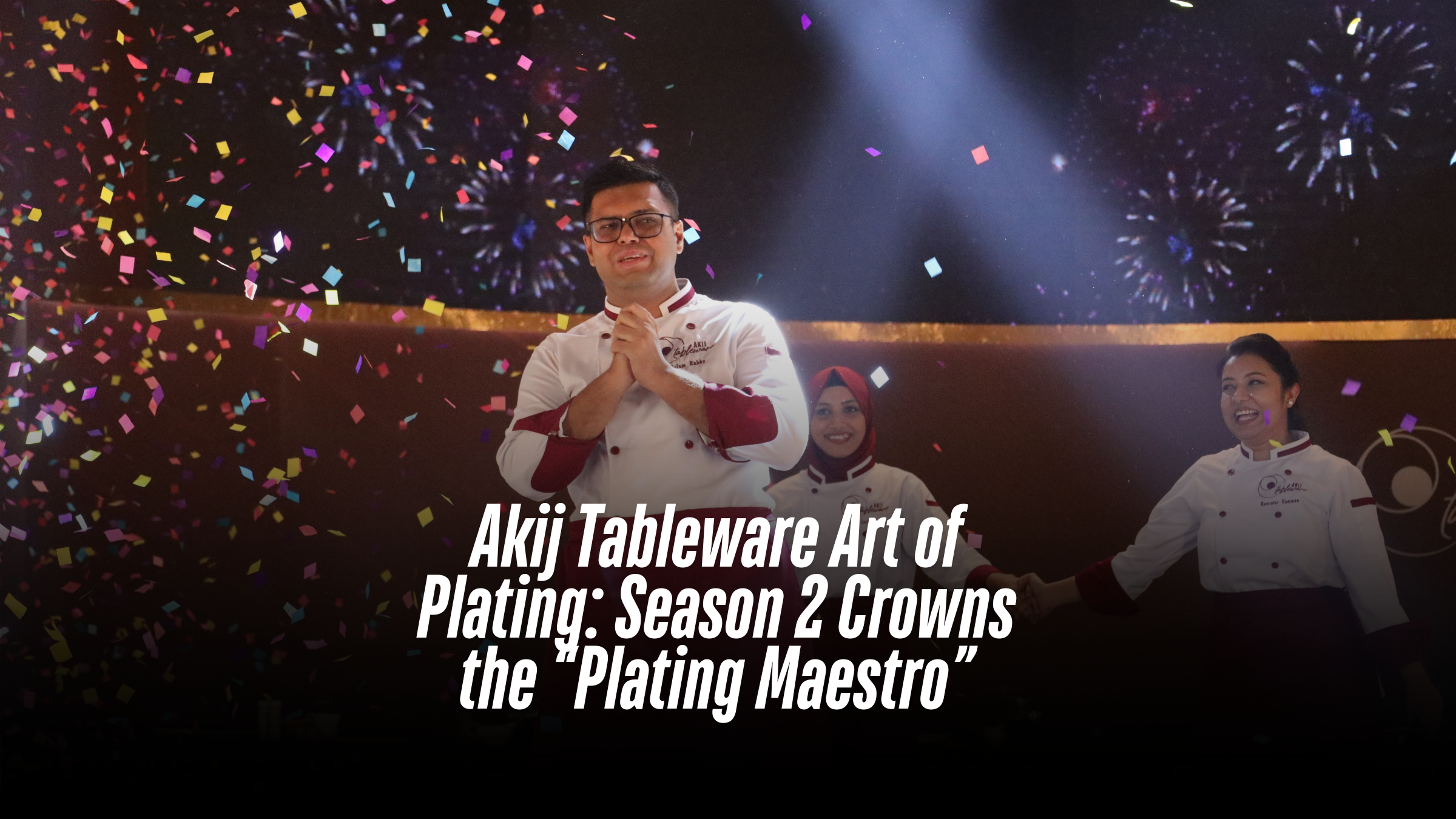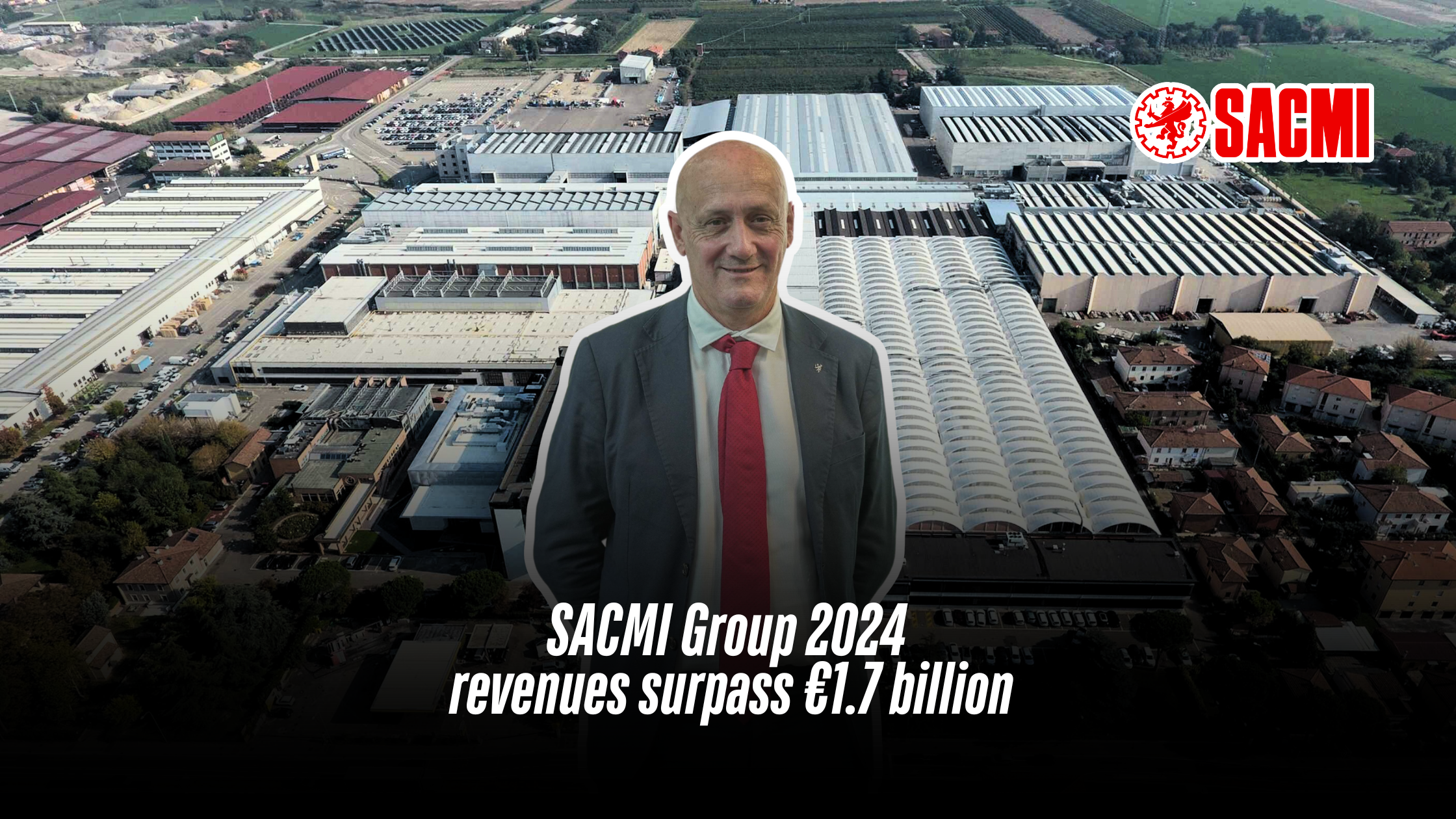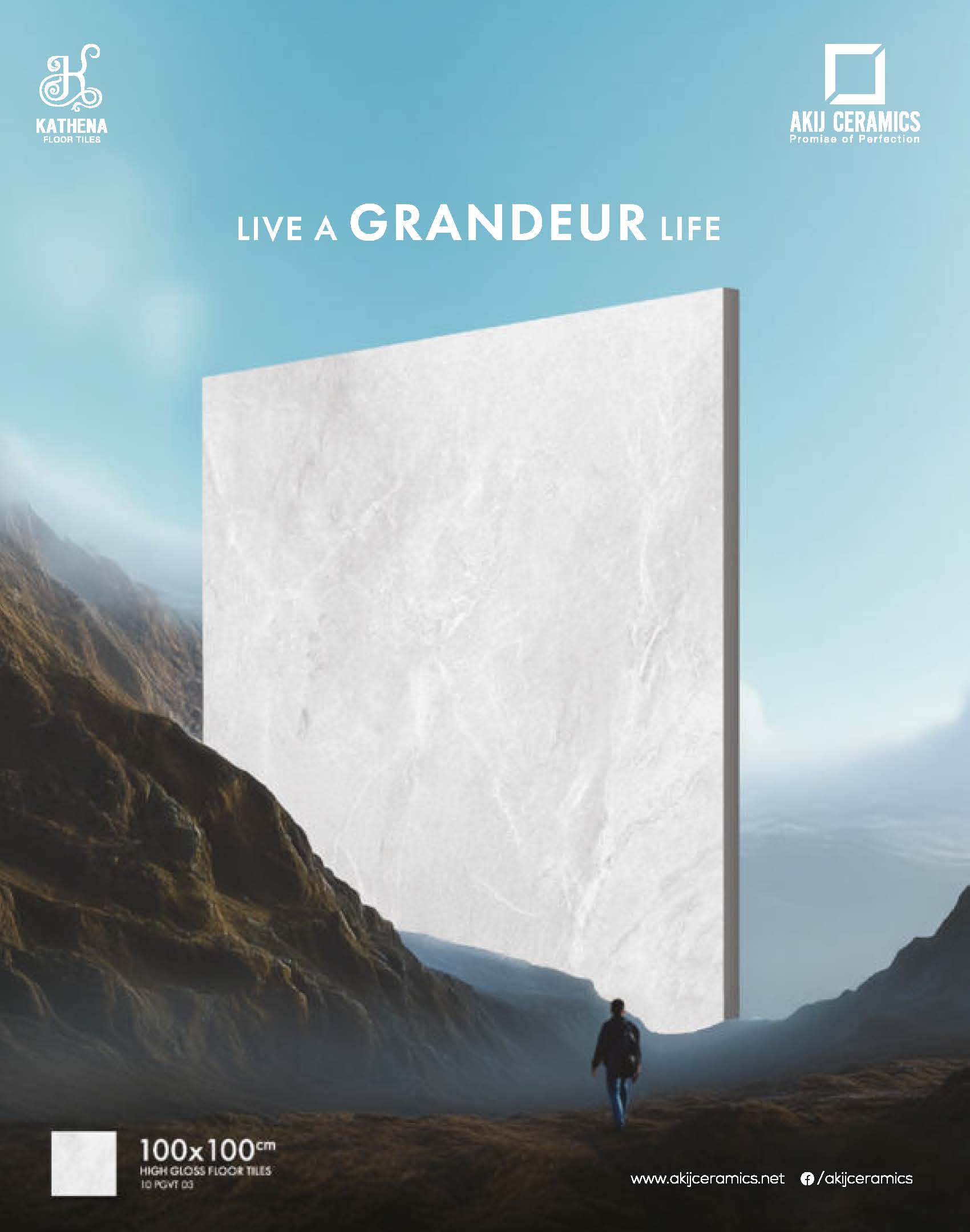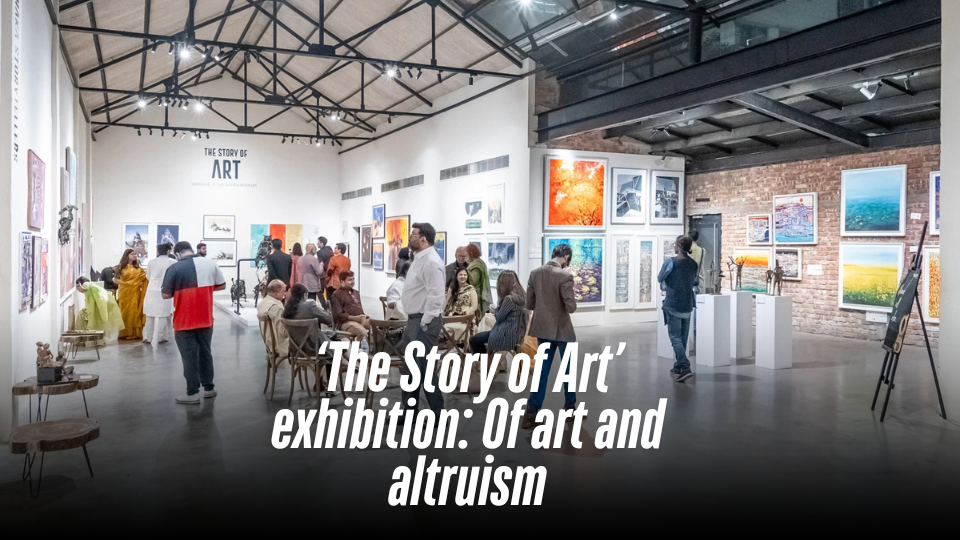
‘The Story of Art’ exhibition: Of art and altruism
Organized by Dhaka Storytellers from February 8 to February 13, the lush gallery space Aloki Greenhouse in the capital’s Gulshan hosted an exhibition titled The Story of Art. The exhibition boasted a stunning collection of 80 to 90 artworks, captivating audiences for a week. Curated by Syeda Adiba Hussain, co-founder of Dhaka Storytellers, The Story of Art was more than just a display of artistic excellence. This was Dhaka Storytellers’ second art event, following the charity exhibition Art for Charity in August 2024. In the same vein, The Story of Art supported a larger cause, with a portion of the proceeds donated to five schools and one college in Sylhet, demonstrating the power of art to create tangible change beyond gallery walls. Beyond the beauty of its displays, the exhibition underscored the immense power of art to inspire and drive change. By merging artistic excellence with humanitarian efforts, it aimed to uplift communities, empower individuals, and support crucial social causes. Having been in the making for almost a year, the exhibition was carefully planned to bring together some of Bangladesh’s most celebrated artists. The lineup included some of the country’s most notable names, such as Rafiqun Nabi, Monirul Islam, Hamiduzzaman Khan, and Kanak Chanpa Chakma. Furthermore, the exhibition commendably featured artworks by several emerging artists, creating a dynamic collection that bridged generations of artistic expression. From simply beautiful paintings to thought-provoking sculptures, The Story of Art was also an opportunity for both seasoned and budding collectors to acquire unique pieces while contributing to a noble cause. The grand opening on Friday, February 7, set the tone for the week-long exhibition. The launch was attended by an invitation-only audience, including the participating artists, their families, media professionals, and notable guests. As the exhibition drew to a close, it left behind more than just a collection of breathtaking visuals; it also left an indelible impression on those who visited. The fusion of artistic expression with social commitment deeply moved attendees, inspiring them to consider the vast potential of art beyond aesthetics. The exhibition carried a narrative that extended far beyond the gallery walls, reinforcing the idea that art is not merely to be observed but to be experienced, felt, and acted upon. The event was about more than just admiring artworks—it was about creating a shared vision where artists, curators, and spectators all committed to a cause bigger than themselves. It demonstrated that art has the ability to transcend traditional boundaries, reaching into the hearts of individuals and communities, sparking conversations, and inspiring action. Ultimately, The Story of Art was a celebration of creativity’s ability to inspire, connect, and transform lives. The week-long show was a powerful testament to the transformative synergy between art and altruism. It showcased how art exhibitions, when intertwined with a greater purpose, can spark meaningful change. Written By Shahbaz Nahian
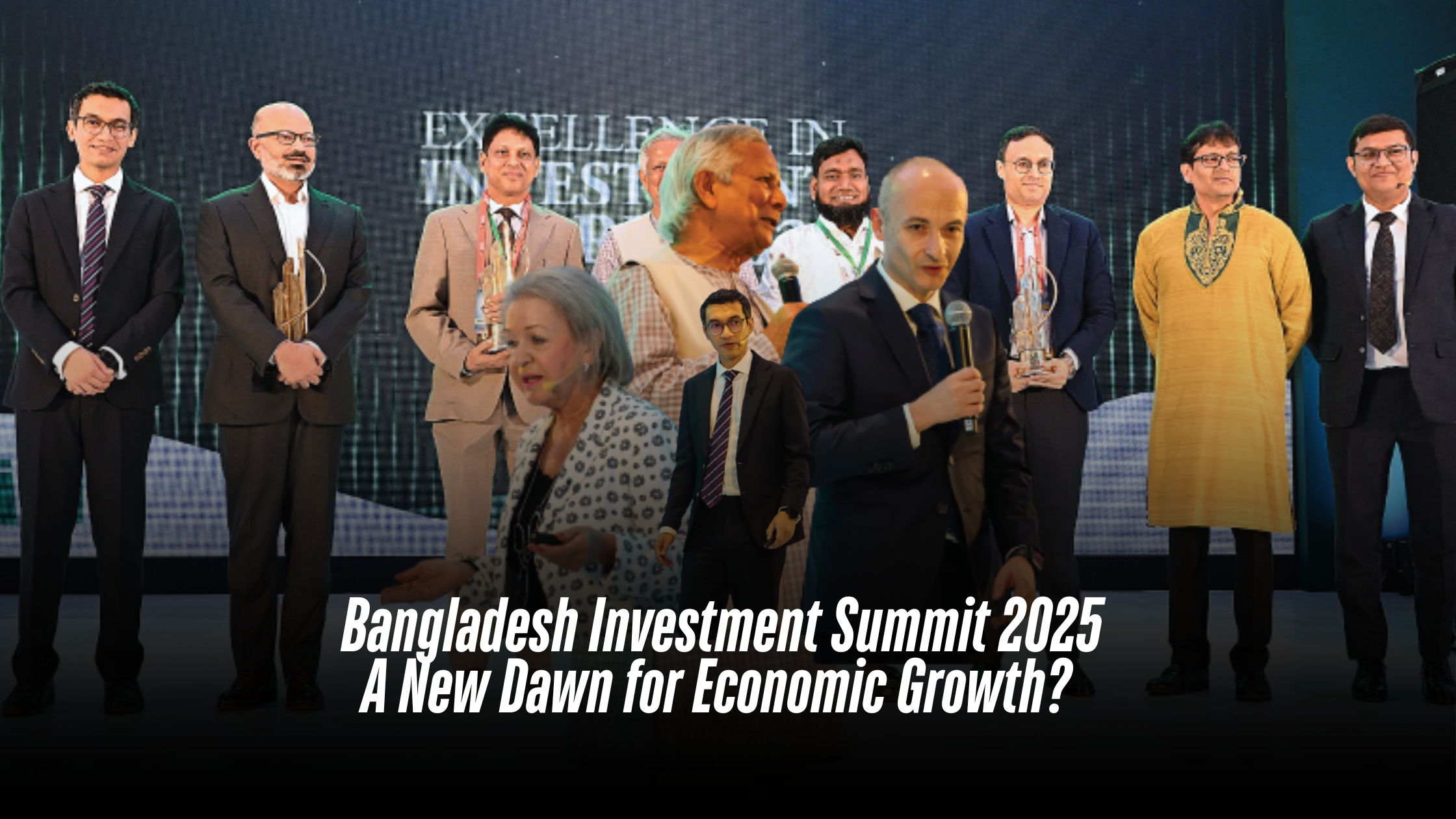
Bangladesh Investment Summit 2025 A New Dawn for Economic Growth?
Bangladesh now stands at a critical crossroads. As the country prepares to transition from a least-developed nation (LDC) to a middle-income economy in 2026, it grapples with significant hurdles. Despite years of economic resilience, enduring issues—such as import dependency, skill shortages, stagnant private investment, and declining foreign direct investment (FDI)—continue to slow progress. In this challenging environment, the Bangladesh Investment Summit 2025 emerged as a pivotal event, unveiling initial investment proposals worth Tk 31 billion (3100 crore) and igniting cautious optimism among policymakers and investors. Convergence of Promise and Challenges Organized by the Bangladesh Investment Development Authority (BIDA), the four-day Dhaka summit, held from April 7 to April 10, 2025, brought together over 550 investors and business representatives from more than 50 countries. Inaugurated by Chief Advisor Dr. Muhammad Yunus, the summit sought to reimagine Bangladesh’s global investment identity even as it faced structural challenges. Ultimately, the success of these initiatives will hinge on whether early commitments evolve into sustained and tangible investments. For years, Bangladesh’s investment landscape has remained largely stagnant. Overall investments have hovered between 24–28 percent of GDP, with private investment stuck at 22–24 percent and FDI persistently below 1.0 percent. Recent declines in private investment in FY2023 and FY2024, along with a continuous drop in FDI since FY2018, have been attributed to bureaucratic hurdles, policy unpredictability, and macroeconomic instability—particularly in managing exchange rates. Yet, amid these challenges, the summit has sparked a renewed sense of hope. Global Multinationals Betting on Bangladesh Three major international companies announced expansion plans during the summit: Inditex (Spain): The retail giant behind Zara reaffirmed Bangladesh’s role as a key sourcing hub and hinted at increased procurement. Lafarge Holcim: The cement leader discussed plans to broaden operations and explore carbon capture initiatives. Handa Industries (China): The company committed $150 million to develop textile, dyeing, and garment units in designated economic zones. In addition, Dubai-based DP World expressed interest in investing in Chattogram’s new Mooring Container Terminal. Celebrating Local Champions Local enterprises also received significant recognition at the event. Four Bangladeshi firms were honored for their contributions: bKash (Excellence in Investment): The trailb lazing mobile financial services provider backed by IFC, Ant Group, and SoftBank. Fabric Lagbe (Innovation Award): A digital marketplace that empowers traditional weavers. Walton (ESG Award): A leading local electronics manufacturer exporting to over 40 countries. Square Pharmaceuticals (Investment Excellence): A company that has grown from modest beginnings in Pabna to a globally recognized pharmaceutical powerhouse. These success stories underscore that, despite systemic challenges, Bangladeshi enterprises can thrive on the international stage. Global Investors Show Confidence There is growing international faith in Bangladesh’s revised approach to investment. Foreign investors have commended the interim government for taking proactive measures to attract FDI—a marked departure from previous administrations. A delegation of 60 investors from the U.S., South Korea, China, Japan, India, Australia, and the Netherlands toured key hubs such as the Korean Export Processing Zone (KEPZ) in Chattogram and the Japani Export Processing Zone (JEPZ) in Narayanganj, exploring opportunities in textiles, IT, and manufacturing. KEPZ: A Model Investment Hub Operated by South Korea’s Youngone Corporation, KEPZ has become a shining example of Bangladesh’s readiness for FDI. Investors were impressed by its well-established infrastructure, efficient licensing procedures, and worker-friendly amenities—including a hospital, a textile institute, a 40MW solar project, and an effluent treatment plant. With $700 million already invested, KEPZ now hosts 48 factories and employs 30,000 workers, 75 percent of whom are women. Forging Sustainable Partnerships The summit also facilitated key agreements. Notably, BIDA, the Commerce Ministry, ILO, and UNDP issued a joint declaration to promote sustainable and inclusive growth through targeted trade reforms. Additionally, UK Trade Envoy Baroness Rosie Winterton highlighted long-term opportunities in healthcare and education, paving the way for enduring global partnerships. Navigating the Road Ahead: Can Bangladesh Overcome Its Investment Slump? Despite the summit’s positive momentum, Bangladesh’s investment climate continues to face obstacles: High bank interest rates that deter private borrowing. Policy inconsistencies under the interim government create uncertainty. Weak FDI performance compared to regional competitors like Vietnam and India. Analysts stress that without significant structural reforms—streamlining bureaucracy, ensuring policy stability, and stabilizing the macroeconomy—Bangladesh may struggle to sustain the anticipated investment surge. Execution is Key The Bangladesh Investment Summit 2025 has successfully rebranded the country as an emerging investment destination. With multinationals such as Inditex, Lafarge Holcim, and Handa Industries pledging expansion and local leaders like bKash and Walton proving their global competitiveness, there is considerable cause for optimism. However, the real challenge now lies in execution. Only if Bangladesh addresses its business environment hurdles, refines regulatory frameworks, and maintains macroeconomic stability can this new momentum herald a transformative economic chapter. For now, the world watches closely—will Bangladesh seize this moment, or will these early promises fade away? Only time will tell. Written by Sajibur Rahman

A Brilliant Conclusion with Countless Accolades Ceramic China 2024 Unfolds a New Chapter of Cooperation
On June 18–21, 2024, CERAMICS CHINA 2024, with “Great Minds to Lead, Digital Intelligence for Brilliancy” as the theme, concluded successfully in extensive praise. This edition is jointly organized by seven entities, including China National Light Industry Council (CNLIC), China Building Materials Federation (CBMF), China Building Ceramic and Sanitaryware Association (CBCSA), China Ceramic Industry Association (CCIA), CCPIT Building Materials Sub-Council (CCPITBM), Unifair Exhibition Service Co., Ltd. and Beijing Jianzhan Technology Development Co., Ltd., thereby, the long-standing “Organizing Ceramics China by turns” has concluded, showcasing the strong influence and multifaceted benefits of the partnership between five national associations and two exhibition companies through united cooperation and resource integration. This act of union has drawn widespread industry attention and positive responses. Mr. Chen Guoqing, Executive Vice President of CBMF and President of CCPITBM, highly praised the collaborative efforts of the seven organizers in presenting this unprecedented exhibition and expressed sincere gratitude to all the exhibitors, visitors, buyers, and the media partners for their continued support for CERAMICS CHINA over the years. Mr. Du Tonghe, Vice President of CNLIC and President of CCIA, expressed full affirmation of the seven organizers for jointly holding the exhibition: “This is a powerful measure in line with the forward trend of the new era, promoting high-quality development in the ceramic industry, and giving full play to the role of the ‘national team’ of the ceramic industry. It has gained extensive industry support.” Ms. Han Xiuping, Managing Director of Unifair Exhibition Company urged industry peers to strengthen cooperation, unite efforts, and jointly propel the industry towards premium, smart, green, and integrated transformation for high-quality development.
